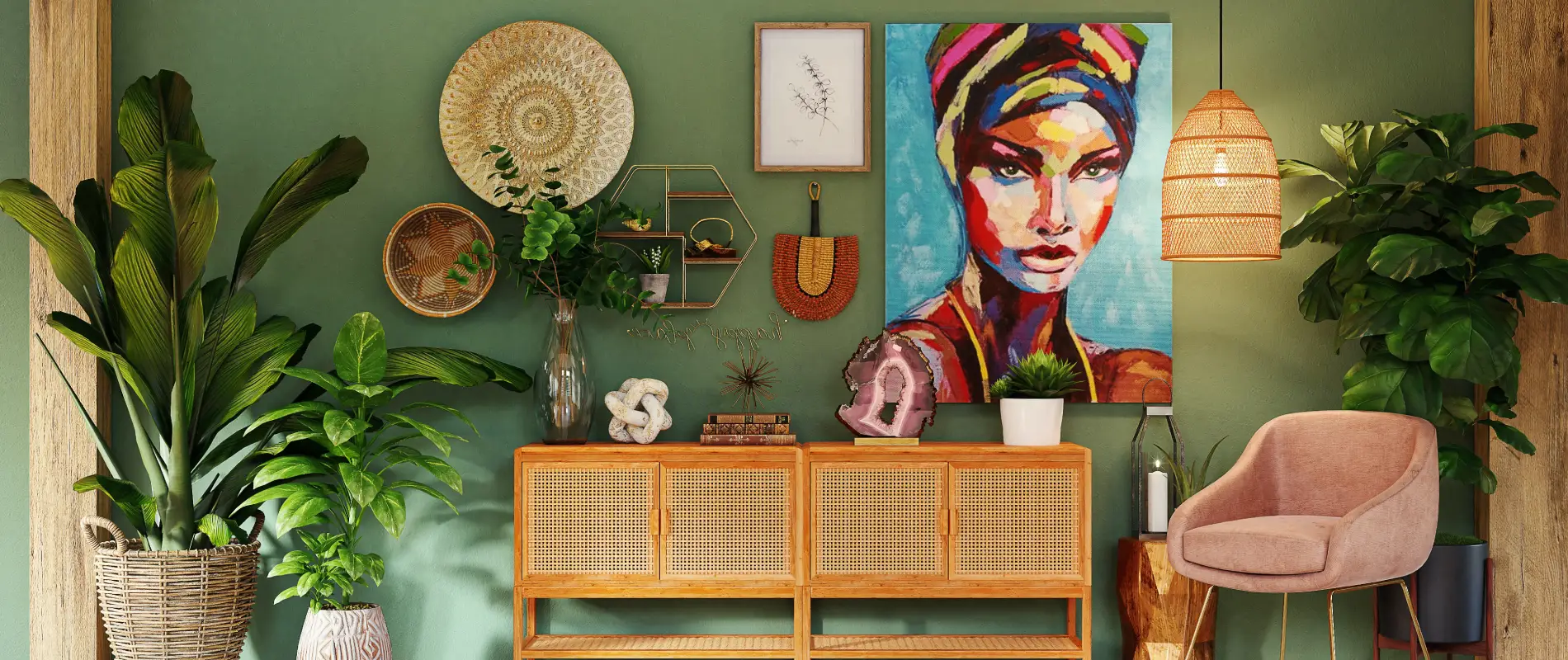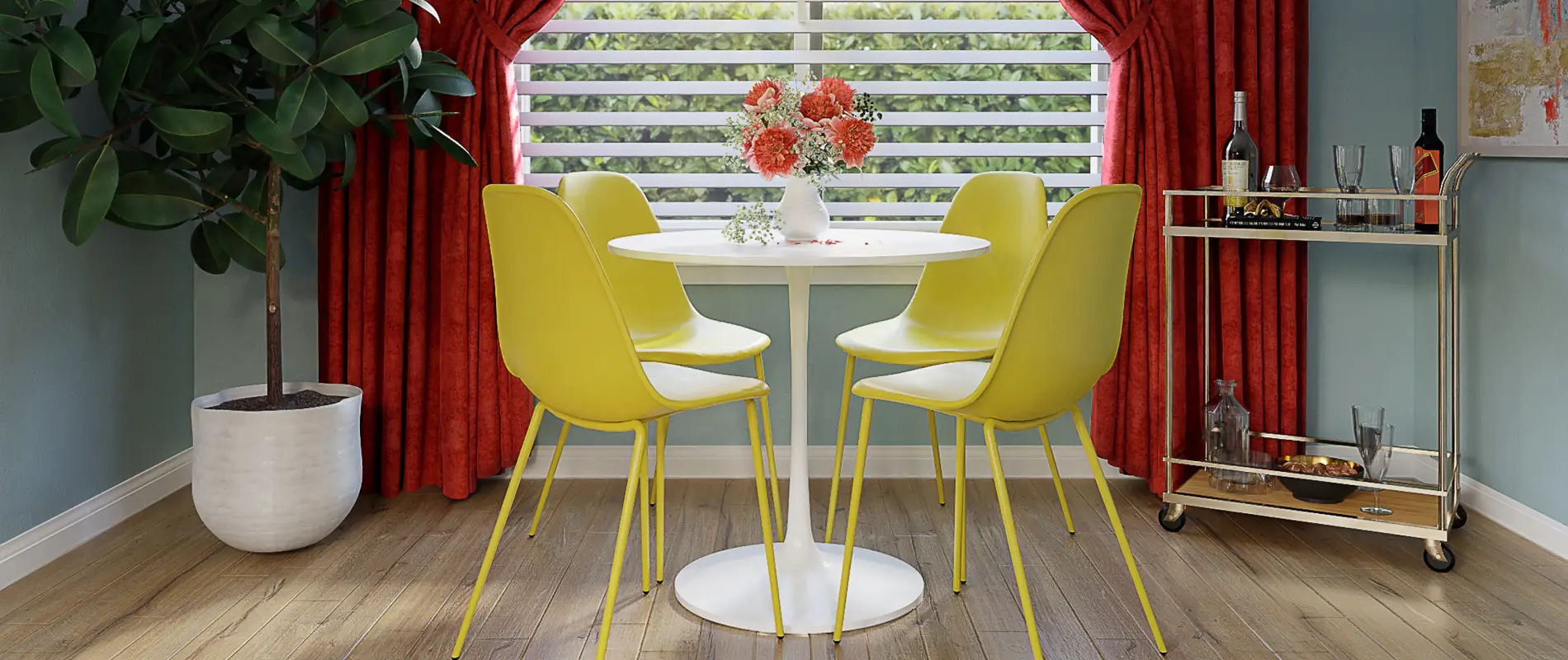
WordPress themes: 404 Page Pro FFP-PRO-04
Try MaxiBlocks for free with 500+ library assets including basic templates. No account required. Free page builder, theme and updates included. Start now
Using and customising the MaxiBlocks WordPress 404 page template
A 404 page is an essential part of your website, providing visitors with a friendly message when the page they are looking for cannot be found. The WordPress 404 page template from MaxiBlocks is a powerful yet flexible way to ensure users don’t feel lost when they encounter missing content. In this guide, we’ll explore how you can use this template effectively, customise it for your unique brand, and make it a helpful part of your WordPress website design.
What is a 404 page and why is it important?
A 404 page is displayed when a visitor tries to access a link that doesn’t exist. It may happen due to an outdated URL, incorrect typing, or a deleted page. Having an engaging and well-designed 404 page is important as it reduces frustration, provides navigation options, and maintains the positive experience of your visitors. The key is to use a design that’s both functional and visually pleasing, gently guiding users to another useful page.
Using the MaxiBlocks WordPress 404 page template, you can effortlessly add a creative touch to what is usually a simple error message. MaxiBlocks allows you to implement it into your WordPress Full Site Editing (FSE), providing full control over all elements to ensure it matches the rest of your website seamlessly. Learn more about FSE here: Full Site Editing (FSE).
Exploring the MaxiBlocks 404 page template
Let’s go section by section to understand the design and customisation options available.
Background image and main subject
The template features a compelling background image of a vast desert-like landscape, with scattered greenery and snow-capped mountains in the distance. This landscape gives an impression of isolation or exploration, which is perfect for conveying the sense of being lost in a subtle and inviting way.
The foreground includes a man standing on a small dirt mound, facing towards the horizon. He’s dressed in a dark jacket and holding a briefcase, which visually represents a journey or exploration—matching the idea that a user has wandered off from the intended page.
10 tips for customising the background and main subject:
- Replace the background with one that represents your brand’s style (e.g. a tranquil landscape for a wellness website).
- Adjust the colours of the background to match your website’s palette.
- Replace the individual with a symbol of your brand’s persona—such as a mascot.
- Add a subtle animated element to the scene, like a moving cloud, to make it more engaging.
- Use an overlay to darken or lighten the background for better text readability.
- For consulting websites, use a more corporate background to align with a professional look.
- Apply a vignette effect to draw attention to the central elements of the page.
- Switch out the briefcase for another object relevant to your niche, like a camera for photography websites.
- Consider using a parallax effect on the background for a modern and interactive experience.
- Include a collage of images that represent different aspects of your services (useful for event websites).
Headline and secondary text
The headline reads “Page not found” in a bold, simple black font, making it clear to users what’s happening. Below, the secondary text “Looks like this
… page is on vacation at this time…” adds a bit of humour to lighten the frustration.
10 tips for customising the error message section:
- Change the subtext to reflect your brand’s personality—try something humorous or comforting.
- Adjust the font style and size to match your website’s branding.
- Translate the message into your target audience’s language.
- Include an animated arrow pointing to the call to action to guide users.
- Add an interactive WordPress accordion below the text for common links (e.g., “Go to Blog”, “Visit Shop”).
- Incorporate icons like question marks or exclamation points for a visual cue.
- Add a countdown or timer indicating that users will be redirected to the homepage.
- Change the colour of the error message to match your brand’s palette.
- Use a headline style that mirrors those found on your landing pages websites for consistency.
- Include a short video background instead of a static colour to enhance engagement.
Arrow icon and navigation
Below the text, there’s a left-pointing arrow icon that suggests navigation, inviting users to return to a previous page. This arrow is both functional and minimalist, making navigation accessible without cluttering the page.
10 tips for customising the arrow icon and navigation:
- Replace the arrow icon with a custom-designed icon that fits your website theme—for instance, using WordPress icons from the WordPress icon library.
- Add a link to the homepage or a popular section of your site, like an agency homepage template.
- Use an animated icon to draw attention.
- Change the colour to match your brand identity.
- For non-profit websites, include a link directly to the donations page.
- Add a text label below the arrow such as “Go Back Home” to provide clarity.
- Include multiple navigation options, like links to the FAQ page or the blog.
- Make the icon larger for easier accessibility, especially on mobile.
- Place the icon higher or lower on the page to fit your layout.
- Link to relevant pages such as homepage design templates or contact forms to engage users further.
Types of websites that can benefit from a WordPress 404 page
A thoughtfully crafted 404 page template can be useful across many different types of websites. Here are a few examples:
- Health websites: Customise the page to link back to informative health articles or the main homepage.
- Diet homepage template: Include recipe suggestions or links to meal plans to keep visitors engaged.
- Agency homepage template: Direct users to your portfolio or recent projects.
- Non-profit homepage template: Encourage visitors to learn more about your mission and donate.
- Travel homepage template: Provide links to popular travel packages or blog posts about destinations.
- Home services homepage template: Link to booking services directly from the 404 page.
- Consulting homepage template: Offer links to recent articles or provide an option to schedule a consultation.
- Law firm homepage template: Add links to legal services or helpful resources related to common questions.
- Food and restaurant homepage template: Show off your menu items or allow users to book a table directly.
- Photography homepage template: Include links to recent galleries or portfolio items.
To explore other types of homepage templates and see how you can incorporate a customised 404 page design, check out these links: homepage design templates, or check out our agency homepage template for examples.
How to use a 404 page in full site editing
MaxiBlocks makes it easy to integrate the 404 page template into your WordPress Full Site Editing theme, allowing you to customise every part of your website’s user experience. Full Site Editing (FSE) lets you manage block patterns and layouts across your entire site. To get started, check out the WordPress Full Site Editing theme guide.
Final thoughts
Your 404 page doesn’t need to be an end point—it can be an opportunity to keep users engaged. By customising the MaxiBlocks WordPress 404 page template, you can transform a simple error into an inviting experience that guides visitors where they want to go. The flexibility of MaxiBlocks makes it ideal for designing unique 404 pages across different industries, from consulting websites to food and restaurant websites.
Ready to explore more about building stunning WordPress websites? Visit our resources on WordPress website design, or discover alternative page builders with our guide to Elementor alternatives.
MaxiBlocks is here to support your journey towards creating visually stunning and effective WordPress websites—whether you’re working on a 404 page, a landing page, or a homepage. Learn more about WordPress website designers and how you can make the most of WordPress website builders.


